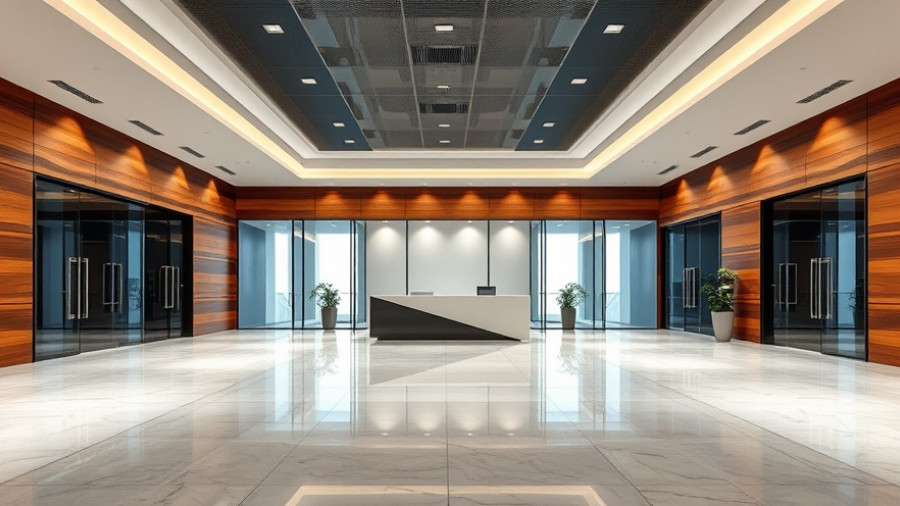
Understanding the Decline of U.S. Coal Production
The landscape of the coal industry in the United States has shifted dramatically in the last 15 years, with production dropping to less than half of its 2008 output. In 2023, total coal production was approximately 578 million short tons (MMst), demonstrating the ongoing trends affecting this once-thriving sector.
Why is Coal Production Decreasing?
Several factors contribute to this decline. Rising mining costs pose significant challenges for coal producers, causing financial strain on operations. The combination of more expensive extraction processes and tightening environmental regulations make coal less competitive against alternative energy sources, such as natural gas and renewables. As more states invest in cleaner energy technologies, demand for coal has waned, culminating in its decreased production.
The Types of Coal and Their Role
Not all coal is created equal, as evidenced by the various types, each with distinct characteristics.
- Anthracite: Known for its high carbon content and efficiency, it's often used in heating and power generation.
- Bituminous: This type is critical for steelmaking due to its metallurgical properties.
- Sub-bituminous and lignite: Primarily used for energy production, especially close to mining sites.
The specifications and characteristics of coal types not only influence pricing and demand but also determine their application across different industries.
Environmental Regulations and Market Dynamics
Environmental regulations are increasingly influencing coal production and usage. Governments are enforcing stricter regulations on emissions, prompting a shift toward greener energy sources. This transition is supported by policies aimed at combating climate change, which may leave traditional coal sectors at a disadvantage in market competition.
What This Means for the Future of the Coal Industry
The decline in coal production raises questions for stakeholders in the industry, from business owners to property developers. As the market shifts, businesses may need to reassess their energy strategies and consider more sustainable alternatives. This presents both challenges and opportunities, particularly for those willing to innovate and adapt.
Opportunities in New Energy Applications
For many industries that have relied heavily on coal, adaptation towards renewable energy sources has shown promise. Investments in clean technologies not only improve compliance with environmental regulations but also align companies with evolving market demands and consumer preferences.
Moving Forward: Embracing Sustainability
As we reflect on the decline of coal production, it serves as a pivotal moment for industries to embrace sustainability. Transitioning towards greener alternatives can foster resilience and innovation in various sectors. Business owners and construction firms looking to adapt must explore viable pathways to support their operations while being mindful of environmental impacts.
In conclusion, the decline in coal production can be viewed as an opportunity for transformation in the energy sector. Understanding these changes allows stakeholders to make informed decisions for the future.
 Add Row
Add Row  Add
Add 




Write A Comment